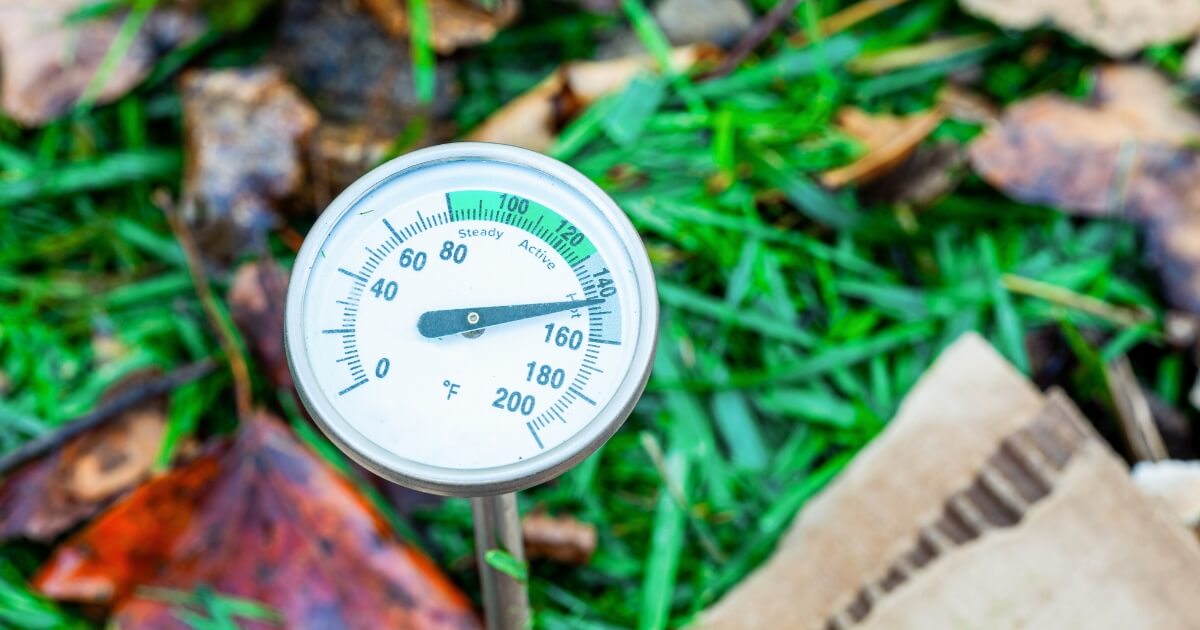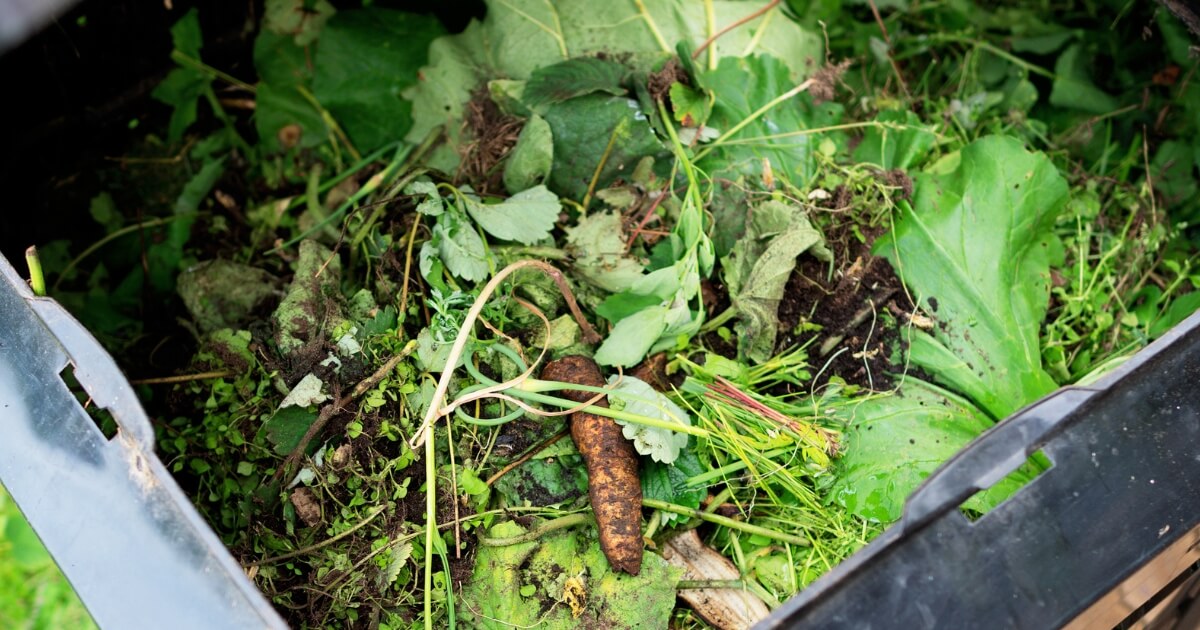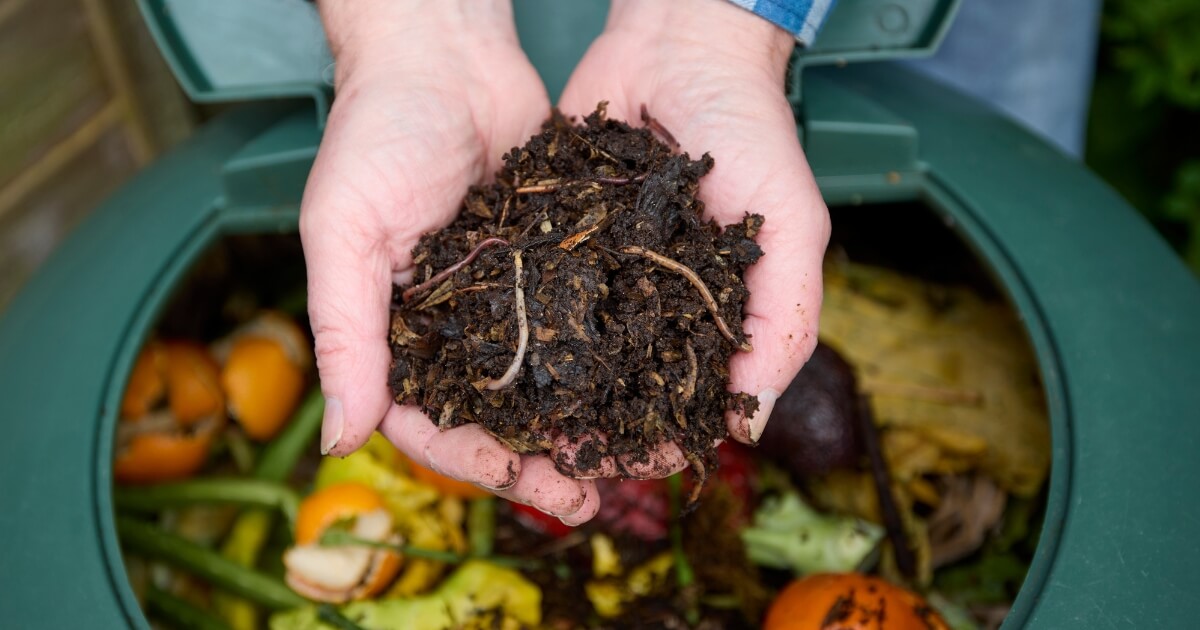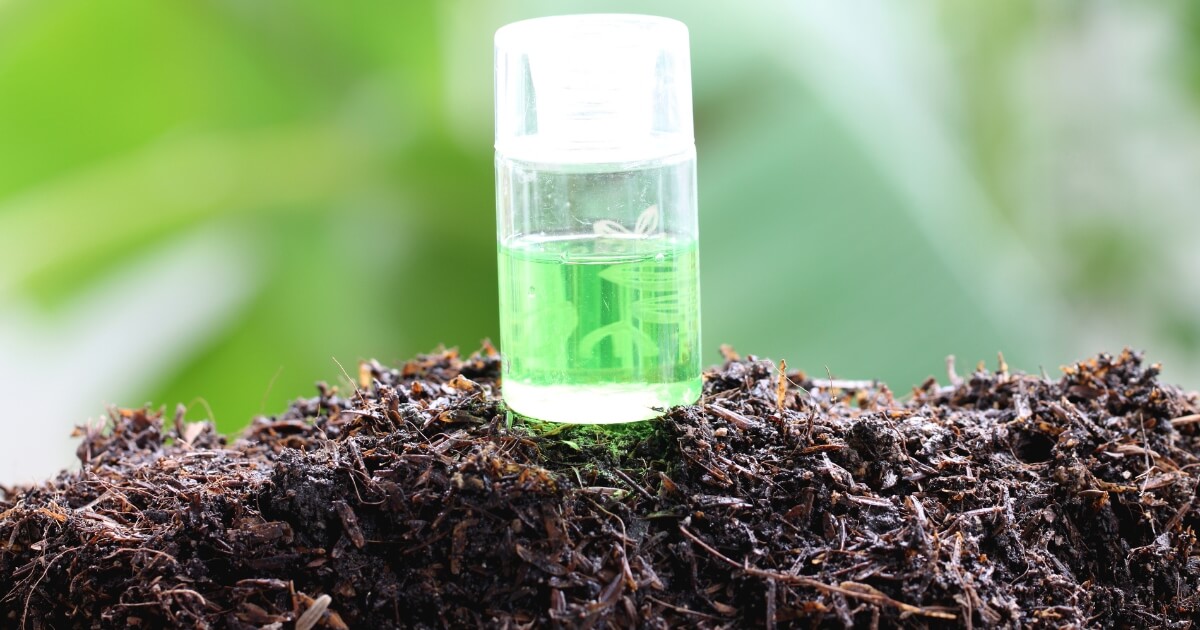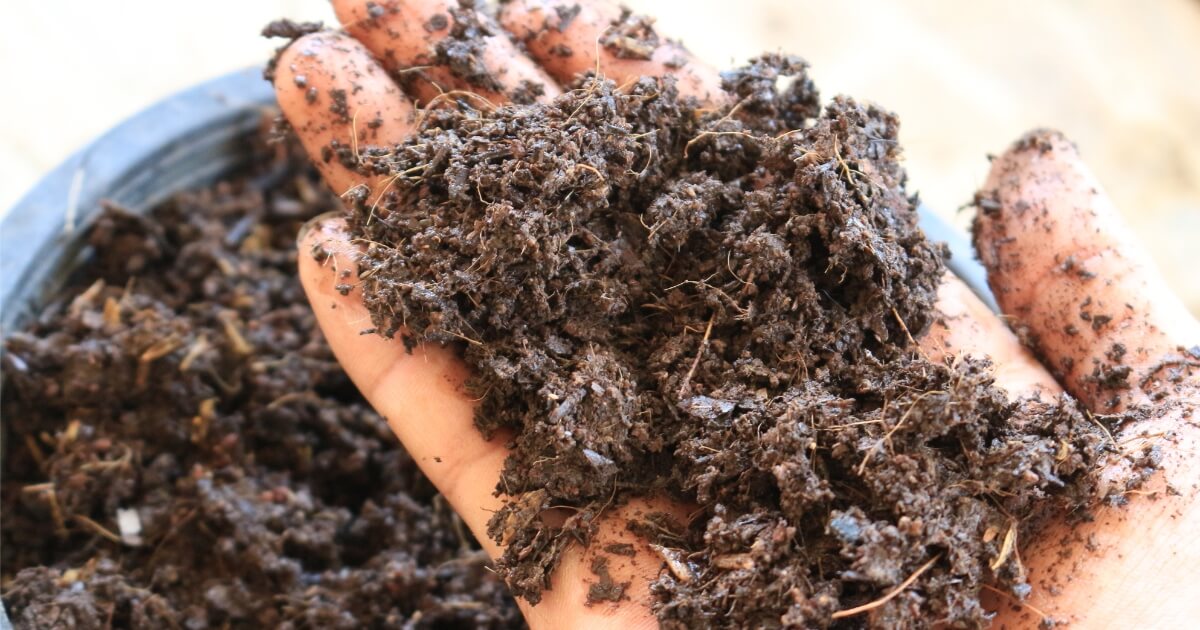Composting enthusiasts often wonder if they can incorporate these thick, hard shells into their food scrap recycling program, and the answer is yes – if you take steps to do it correctly.
That’s why I detail in this guide the information you need to understand if pistachio shells are compostable, the pros and cons, how long it takes, and the steps to achieve the best results.
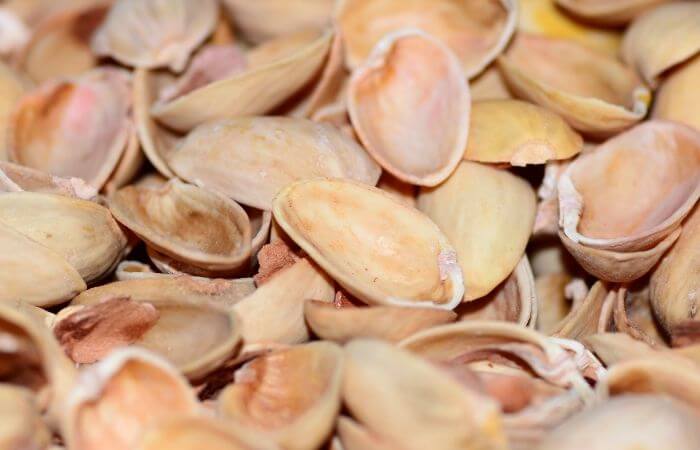
The less food waste we send to our landfills, the better, so stick around to learn how you can compost pistachio shells without worry!
Are Pistachio Shells Compostable?
Pistachio shells are extremely tough, which leads people to think they could be difficult to compost. The shells are polysaccharide cellulose carbohydrates and fats, which sounds fancy but means they are natural and will break down over time, just like any other organic material.
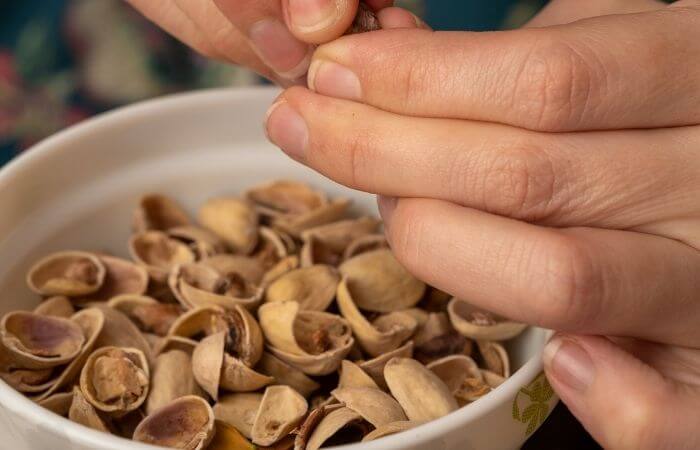
Pistachio shells do take longer than softer items to decompose, which may frustrate some beginner composters who want ready-to-use compost in six months with no residual waste material visible.
Many people worry about the salt on pistachio nut hulls and how it may affect the compost material when complete.
For the average person who eats the occasional bag of pistachios, the amount of salt the shells will add to your compost is minimal and should leave behind no harmful residue.
For substantial amounts of salted pistachio shells, there are ways to lower the salt impact which I discuss in the steps section below.
Pros And Cons Of Composting Pistachio Shells
There are benefits and disadvantages to composting pistachio shells, which you need to understand before adding them to your composting system.
Pros:
- Adds bulk
- Lightweight
- Retains moisture
- Reduces landfill waste
- Provides carbon and nutrients
- Aids in aeration
Cons:
- Takes a long time to decompose
- Salty shells could impact finished compost
- May look unsightly
As you can see, there are benefits to adding pistachio shells into your compost that outweigh the reasons to avoid them, so let’s look into how long it actually takes to break them down.
How Long Does It Take For Pistachio Shells To Decompose?
Hard pistachio shells protect the kernels as they grow and during harvest and storage. While this “natural” protection is terrific to keep the pistachio kernels inside edible, it can take three to five years to biodegrade inside your compost pile completely.
I don’t find any nutshell residue left in my otherwise complete compost to be bothersome, though some may find it unattractive.
I mix my compost into the soil of my garden and containers, so bits of shell are hard to see. I also appreciate the extra aeration and moisture control they add to my garden soil until they fully decompose.
How To Compost Pistachio Shells
For the best results composting pistachio shells, follow these steps:
Step 1 – Wash And Dry The Shells
If your pistachio shells were salted and the amount is large in comparison to the size of your compost bin, wash off the salt by soaking them in warm water for a few days and rinsing well. Spread out the shells until dry, which will aid in the next step.
For unsalted pistachio shells, you can skip to Step 2.
Step 2 – Crush The Shells
To speed up the break down of pistachio shells, crush them before adding them into your compost. Again, this is optional if you don’t want to spend time on this step, but it’ll take much longer for them to decay when left whole.
I find the easiest way to crush them is to toss them into my food processor and grind them up for a bit. Another option is to smack them with a hammer or use a coffee bean grinder.
Step 3 – Add To Compost And Balance Ingredients
Toss the crushed pistachio shells into your compost bin or pile.
Pistachio hulls fall into the brown or carbon side of compost ingredients, which means you need to balance the material with an appropriate amount of green or nitrogen-based parts.
Once you balance your materials, mix the ingredients into the compost by either turning a rotating bin manually or the pile with a fork.
Turning the compost more often when adding nutshells is very helpful in keeping the temperatures high, which aids in a faster breakdown of the shells and all your bin ingredients.
Step 4 – Wait And Sift
I see complete results in my outdoor composting bin and pile anywhere from three to eight months, even if there are remnants of pistachio shells visible here and there.
If you don’t like the look of the shells, you can sift the compost through screening to eliminate them before adding the material to your plantings. You can toss them back into your composter to go for another round of two if you feel the need.
Vermicomposting With Pistachio Shells
If you have a worm composter, you’ll find that adding pistachio shells is safe for the worm’s diet, especially if you follow a couple of tips.
First, break up your shells. The finer the grind, the easier it’ll be for the worms to ingest.
Second, soak and rinse off any salt (if salted.) If you grind up the shells when dry, it’s easier than washing, rinsing, drying, and then crushing. You can soak the ground up pistachio shells in warm water and then pour them through a sieve or cheesecloth to remove excess water and salt.
Toss the shells into the vermicomposter while damp, which makes it more attractive to the worms, and spritz them with water if they dry out before getting eaten.
In Summary
The answer to the question, “Can you compost pistachio shells?” is an absolute yes!
The steps to compost pistachio shells are easy to follow, and the good news is that any remaining hulls will aid in keeping your garden soil loose, moist, and aerated until nature finishes the composting process.
So take those pistachio shells and don’t worry about adding them to your compost!
